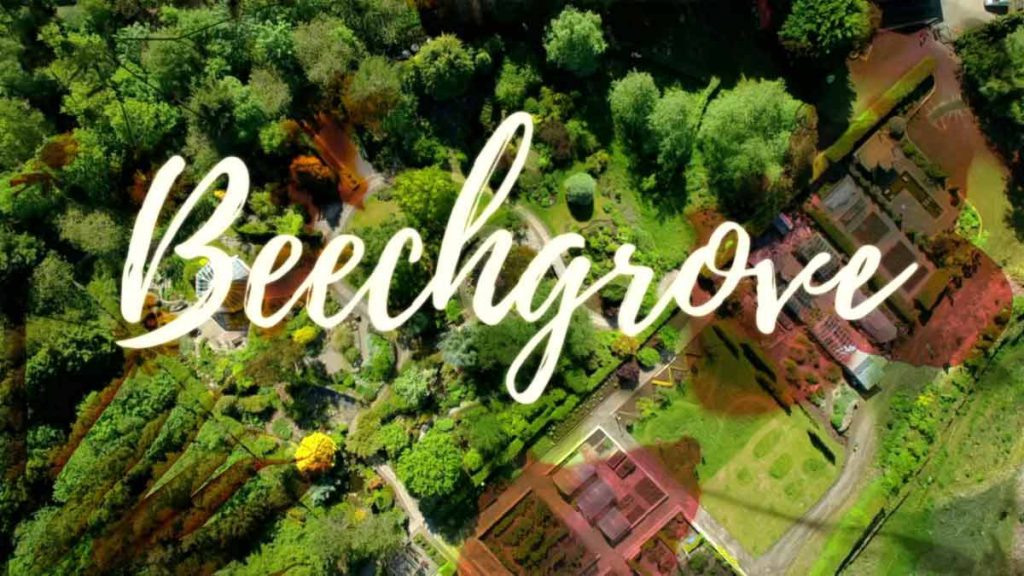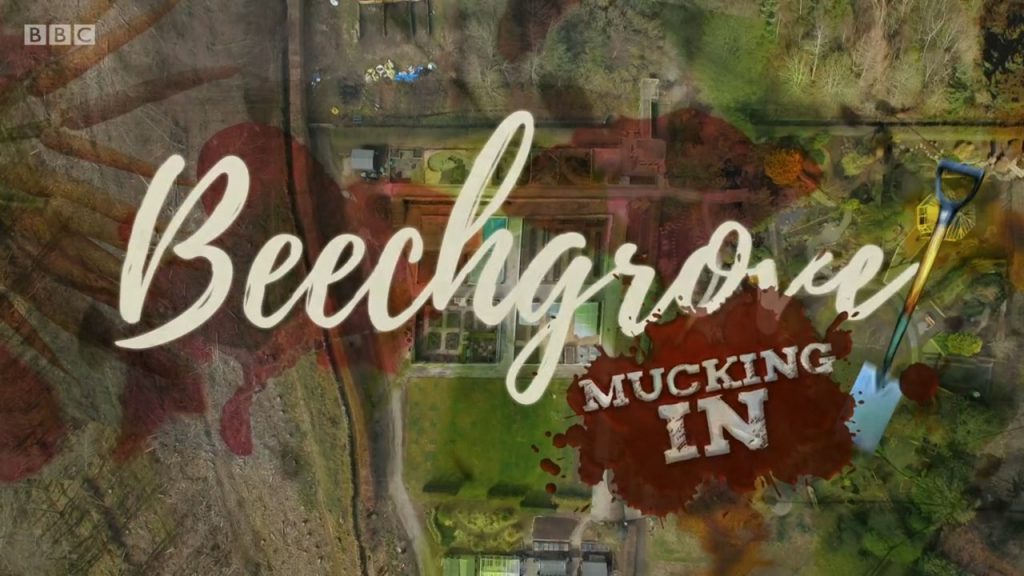Beechgrove Gardens in Winter 2022 episode 1: As any keen gardener knows, it’s not just the leaves that pile up in the garden at this time of year, but also the autumn and winter jobs. With that in mind, Beechgrove is back with a special series to help guide you through everything you need to tackle as the days grow shorter and the temperatures drop.
In this episode, Carole and Calum are at Beechgrove with information on what to do with dahlias now that the flowering is finished. They also list the top five plants to have in your garden to help wildlife through the winter months and reveal how to top up your plant collection for free. Meanwhile, George is taking hardwood cuttings at his garden in Joppa, and there is a visit to a fabulous garden planted to look its best in winter, showing that a growing area isn’t just for summer interest; it can look great all year round.
Celebrating the great Scottish garden. Tips and advice to get the most out of your garden, with inspirational ideas from Scotland’s most beautiful green spaces. The Beechgrove Garden has been on air since 1978 and remains a firm favourite with audiences in Scotland. It consistently outperforms what is being screened by BBC Network in the same slot. At the heart of the series is a 2.5 acre home garden, situated on a cold, inhospitable slope west of Aberdeen, deliberately chosen to reflect Scotland’s harsher climate.
Horticultural advice in gardening magazines and on UK network gardening programmes is rarely suitable for most of the UK outside the South East of England. Beechgrove shares with its viewers the weekly challenge to work with the Scottish conditions to produce maximum yield of as many varieties as possible of fruit, flowers and vegetables.
Beechgrove Gardens in Winter 2022 episode 1
Dahlia
With a wide choice of flower shapes and colours, dahlias are unrivalled for giving a showy display from summer into autumn. You can combine them with other late-flowering plants like salvias and grasses to boost late-season borders, add dwarf cultivars for colour in summer containers or grow them in rows to give lots of cut flowers for your home.
Flowers can be open-centred and daisy-like or multi-petalled spheres or jagged ruffles, from 10cm (4in) up to 30cm (1ft) across. Their colours are diverse too – from sedate pastels through to riotous reds and oranges. The foliage is usually green, but a few have dark leaves for added drama. They can range in height from a compact 30cm (1ft) up to a stately 1.5m (5ft) or more.
Dahlias like a warm, sunny, sheltered spot with free-draining soil and regular feeding and watering to ensure the best flowering display. Tie stems of taller cultivars, especially large-flowered ones, to sturdy canes for support. Dahlias dislike shade, as well as cold, wet soil and very dry sites. They’re not hardy, so in all but the mildest areas of the UK it is best to dig up the root tubers and store them in a frost-free place over winter. These tall and often top-heavy plants don’t stand up well to strong winds, so need staking.




